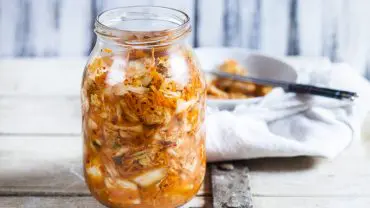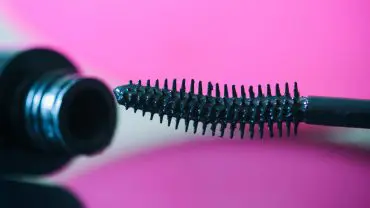The game of pool (and indeed all cue sports including billiards and snooker) can trace its roots all the way back to fourteenth century France, when a form of croquet was brought inside and played on a wooden table with a green cloth made to resemble grass. There were lots of variations of the game and its popularity ebbed and flowed until the 1960s.
The release of The Hustler in 1961, with Paul Newman as pool-shark ‘Fast’ Eddie Felson, coincided with the invention of the coin-operated pool table. From then on, pool halls popped up everywhere with bets on games ranging from a few pence to thousands of pounds.
So while it’s fair to say that everyone wants to pot the final black, how many people actually know what it’s made of? Here you’ll find the answer to the question ‘how do they make pool balls?’
Pool Balls - Yesterday & Today

Illustration from 19th century. Men playing Pool (Photo: clu via Getty Images)
As table games evolved from their first croquet-inspired incarnations, most of the original snooker, billiard and pool balls were made of wood. They were cheap to produce and the raw materials were available everywhere. Yet as with many products, people often looked for ways to display their wealth and status, be it by boasting the finest silks, spices or even pool balls. Eventually, the wealthier players had their pool balls fashioned from ivory, a far cry from the simple wooden pool balls that came before. However, it soon became clear that this wasn’t a great material for pool balls – they would eventually crack and yellow with age.
As ivory got more expensive, engineer John Wesley Hyatt synthesised plastic by combining alcohol, nitrocellulose and camphor to mould a ball under high pressure. While this seemed like a step forward, they didn’t actually work in this form because one of the active ingredients was an explosive. On rare occasions the pool balls would even explode if they were hit hard enough. Yet despite its obvious flaws, this advance proved to be the way into synthesised plastic, and a fundamental change in the material used to make pool balls.
In the 1920s, bakelite plastic was used, providing a more practical – and less explosive – step forward. Today, a more complex version of bakelite-type plastic is still used, but what does the process entail? This is how pool balls are made.
Phenolic Resin - Phenomenally Robust

Perfect pool balls (Photo: Maria Toutoudaki via Getty Images)
Like snooker balls, the best pool balls start out as a mixture of phenol and formaldehyde known as ‘phenolic resin’. It is a thermosetting plastic, which means that once it has been melted and set into its desired shape, it can’t be melted again.
As always, if you ask a manufacturer how pool balls are manufactured they probably won’t walk you through their exact processes. In fact, Saluc – a Belgian company making around 85% of the world’s pool balls – has a 13-point process that lasts a staggering 23 days, so asking them how pool balls are made may take some time to answer!
Generally speaking though, this is how they’re made.
How Pool Balls Start Life

A billiards game break. (Photo: Vanessa Van Ryzin, Mindful Motion Photography via Getty Images)
The resin is poured into spherical latex moulds and under extremely high pressure tolerances, they set rock hard. In the past, the different colours were spray-painted onto each ball, but today the phenolic resin is dyed with the required colour. Therefore, if you cut a pool ball all the way through (and we don’t suggest you attempt this), the colour actually runs all the way to the middle.
Once poured into moulds, the pool balls are left to cool and harden and the latex moulds are peeled off. They are then taken to a lathe where the balls are inspected for the tiniest imperfections and impurities and smoothed to a perfect sphere. It is at this stage that the balls will be etched with numbers, and the etching is filled with a black resin. Again this is then smoothed perfectly round. There are then just a few more steps to answer the question: ‘how do they make pool balls?’
Strength, Durability & Balance - The Perfect Pool Ball

Pool table set up (Photo: Geri Lavrov via Getty Images)
The characteristics of phenolic resin means that each pool ball has a precise centre of gravity (known as homogenous density dispersion) and is perfectly balanced, as well as being resistant to scratching and chipping. This ensures a true roll each and every time.
After the balls have been smoothed, they are measured and weighed. According to the regulations of the World Pool-Billiard Association (WPA), pool balls must have a diameter of 57.15mm – with a margin of error of +/- 0.13mm – and weigh between 160g and 170g.
The quality control criteria is understandably lengthy, and the balls are rigorously tested by machine and by eye for density, balance, diameter, roundness, precision of colour and surface polish. Only when every single criteria is met are the balls then packed up and shipped out.
It is believed that the best quality pool balls can last up to 40 years, withstand almost 500,000 impacts and won’t lose their shine. That’s a lot of games!
So, now you know how pool balls are manufactured you’ll never look at them in the same light again.












